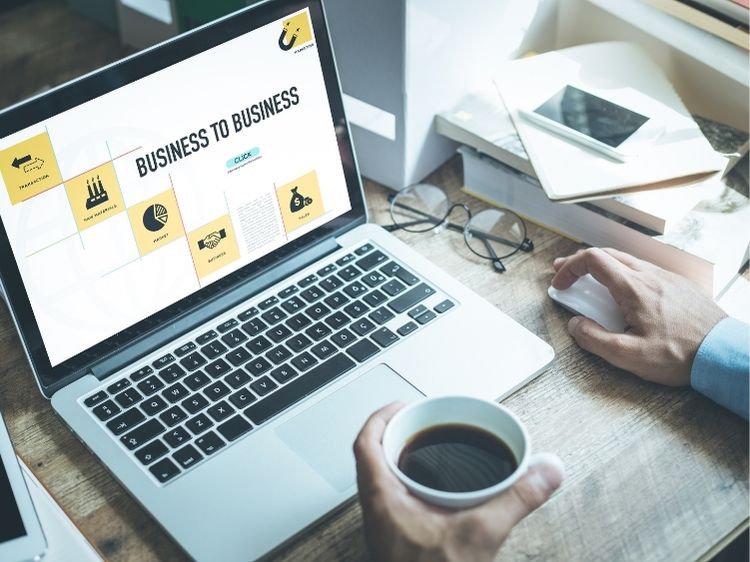In the fast-paced world of business, first impressions matter. And nothing shapes that impression quite like the way you dress. Whether you’re attending an interview, meeting with clients, or stepping into a corporate office, understanding business professional attire is crucial. It’s not just about looking sharp; it’s about conveying confidence, competence, and respect for the environment you’re in. So, what exactly is business professional attire, and how can you nail it every time? Let’s dive in and break it all down.
What is Business Professional Attire?
In essence, business professional attire refers to the clothing typically worn in more formal business settings. Think of it as the type of outfit that conveys professionalism, seriousness, and attention to detail. Unlike business casual, which offers some flexibility, business professional is about adhering to traditional, polished styles.
Key Elements of Business Professional Attire for Men:
- Suits: A well-tailored suit is the foundation of a business professional look. Opt for dark colors like navy, black, or charcoal. Ensure that the jacket and trousers are well-fitted without being too tight or too loose.
- Dress Shirts: A crisp, long-sleeved button-up shirt in white, light blue, or pale colors is standard. The key is to keep it clean, ironed, and well-fitted.
- Ties: A silk tie that complements your suit is essential. Stick to conservative patterns and colors, avoiding anything too flashy or bold.
- Dress Shoes: Black or brown leather shoes should be polished and clean. Make sure your shoes match the formality of your suit.
- Accessories: Keep it simple with a wristwatch, cufflinks, and a neat belt. Avoid oversized or overly casual accessories.
Key Elements of Business Professional Attire for Women:
- Suits or Skirt Suits: Women can choose between pantsuits and skirt suits. Dark, neutral colors such as black, navy, or grey are always a safe bet. Skirts should be knee-length or longer.
- Blouses or Dress Shirts: Stick with solid colors or subtle patterns. Avoid anything too revealing or flashy. Like men, shirts should be ironed and well-fitted.
- Footwear: Closed-toe shoes like pumps or flats are ideal. Heels should be modest in height, around 2-3 inches, and comfortable to walk in.
- Accessories: Minimalist jewelry, a structured handbag, and a professional watch can elevate the look. Less is more in a business professional setting.
Why Business Professional Attire Still Matters
Some may argue that modern workplaces are shifting towards a more relaxed dress code, but business professional attire remains relevant. Dressing professionally shows that you take the environment, the occasion, and the people you’re interacting with seriously. It also helps you stand out in formal settings where first impressions are key.
In settings like interviews, client meetings, and conferences, your clothing can communicate that you’re detail-oriented, competent, and prepared. People often associate a polished appearance with a polished work ethic, and that can give you an edge in competitive professional environments.
Business Professional vs. Business Casual
If you’re confused about the difference between business professional attire and business casual, you’re not alone. These two dress codes often get mixed up, but they’re distinct in terms of formality.
- Business Professional: More traditional and formal. You’ll find this dress code in industries like law, finance, and high-level corporate jobs. Think suits, ties, polished shoes, and conservative accessories.
- Business Casual: This dress code allows for more flexibility and creativity. While still polished, you can experiment with patterns, textures, and less formal footwear. Business casual is more common in tech, creative industries, and casual work environments.
Quick Comparison:
| Business Professional | Business Casual |
| Full suit (men), skirt/pantsuit (women) | Slacks, blazers, sweaters |
| Polished leather shoes | Loafers, dress shoes, or neat flats |
| Conservative colors (black, navy) | Brighter colors, patterns allowed |
| Formal tie (men) | Optional tie |
| Minimal accessories | More room for personal style |
How to Choose the Right Business Professional Attire
The key to choosing the perfect business professional attire is understanding the environment and occasion. A corporate board meeting may call for more conservative choices, while an important client dinner might allow for a bit more personality. Here are a few things to consider:
- Know Your Industry: Different industries have different expectations. While finance and law often require strict adherence to traditional business professional attire, creative fields like marketing might give you more leeway.
- Fit is Everything: No matter how expensive or stylish your outfit is, if it doesn’t fit well, it won’t look professional. Tailoring is your best friend.
- Stick to the Classics: You can never go wrong with a tailored suit in a neutral color, a crisp white shirt, and polished shoes. Simple, clean lines and understated accessories are the hallmarks of a professional outfit.
- Avoid Trends: Business professional attire is all about timeless style. Avoid overly trendy items that might date your outfit quickly.
Common Business Professional Attire Mistakes to Avoid
Even when you think you’ve nailed your look, there are a few common mistakes that could detract from the overall professional impression you’re trying to make. Avoid these fashion faux pas:
- Wearing Wrinkled Clothes: No matter how great your outfit is, if it’s wrinkled, it immediately looks unprofessional.
- Inappropriate Footwear: Avoid sandals, sneakers, or overly casual shoes. Your footwear should match the formality of your outfit.
- Overly Flashy Accessories: Bold jewelry, loud ties, or oversized watches can distract from your overall look. Keep accessories minimal and tasteful.
- Ill-Fitting Clothes: An ill-fitting suit or dress can ruin the professional look you’re aiming for. Clothes that are too tight or too loose don’t convey a polished image.
FAQs on Business Professional Attire
Q: Can I wear a business professional outfit to a casual office?
A: Absolutely! While it might be more formal than required, it’s better to be overdressed than underdressed. Plus, business professional attire can convey a strong sense of professionalism.
Q: Are there specific colors I should avoid in business professional attire?
A: It’s best to stick to neutral, conservative colors like black, navy, grey, and white. Bright colors and loud patterns can come off as too casual or distracting in a formal setting.
Q: Can women wear flats as part of business professional attire?
A: Yes, women can wear flats as long as they are closed-toe and polished. Heels are not mandatory, but shoes should be formal and professional-looking.
Q: Are ties always required in business professional attire?
A: For men, yes. A tie is generally required in traditional business professional settings. It adds that extra layer of formality and polish to a suit.
Q: How can I transition my business professional attire to after-work events?
A: Consider swapping your formal shoes for something more comfortable or ditching the tie. You can also add a statement accessory or a bold lip color (for women) to dress down your look slightly for post-work gatherings.
Conclusion: Dress the Part, Elevate Your Success
Mastering business professional attire is an important part of thriving in any formal business setting. Whether you’re attending a high-stakes meeting, making an impression at an interview, or navigating a corporate event, dressing appropriately shows respect for the occasion and boosts your confidence.
When in doubt, keep it simple, clean, and well-fitted. And remember, your outfit isn’t just about meeting a dress code—it’s about presenting the best version of yourself in the professional world.
Authoritative Links:
- Business professional attire guidelines: https://www.businessinsider.com/business-professional-attire-guide
- Workplace dress codes: https://www.thebalancecareers.com/workplace-dress-codes-2060865
- Men’s business attire tips: https://www.artofmanliness.com/articles/how-to-buy-a-mens-suit
- Women’s business professional outfits: https://www.forbes.com/sites/forbeswomen



